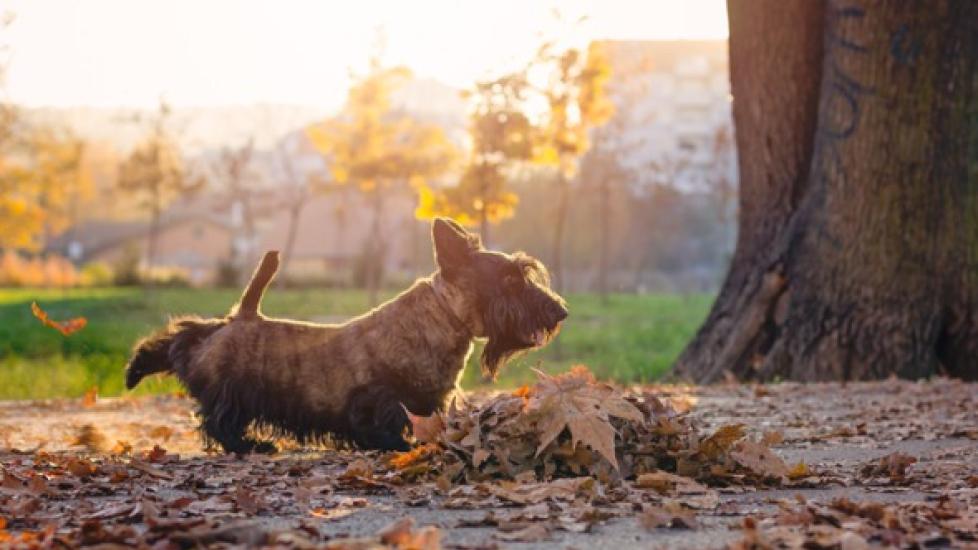Ah, the curious canine conundrum of why dogs kick up a fuss (literally!) after doing their business. It’s an amusing and often puzzling behavior that has left many pet owners scratching their heads or laughing at the sight of a dog’s post-poop ritual. But what exactly is going on behind those twitching hind legs? Let’s delve into this quirky canine habit to uncover the reasons behind it.
Firstly, let us acknowledge that every dog owner knows the drill: Fido squats for a bathroom break, does his thing, then suddenly starts kicking wildly in the grass or dirt with his back feet as if he’s trying to bury something—or someone! This peculiar practice might seem odd, but there are several theories proposed by animal experts to explain this behavior.
One theory suggests that this instinctive action stems from the natural survival instincts of wild ancestors. In the days before domestication, when our furry friends roamed free across the savannah, they had to be wary of predators sniffing out their scent. By covering up their droppings with soil or leaves, they were effectively camouflaging themselves from potential threats. Today, even though your pampered pooch doesn’t have to worry about lions lurking around the corner, this ancient reflex still kicks in (pun intended).
Another hypothesis proposes that the act of kicking helps distribute feces over a wider area. This could be beneficial not only for concealing one’s presence but also for marking territory. Dogs communicate through scents, and spreading waste around can help them assert dominance or signal to other animals where they belong within the social hierarchy. So, next time you see your pup strutting proudly after a thorough “cover-up job,” remember that he may just be saying, “This spot is mine!”
A more practical explanation relates to hygiene purposes. By flinging bits of debris with each powerful paw swipe, your doggo is essentially creating a barrier between himself and any unpleasant odors coming from his freshly deposited package. It’s like he’s making sure no lingering stench clings to him so that he can continue smelling fresh and fabulous throughout the day. Who knew such meticulousness resided within these four-legged creatures?
Lastly, we mustn’t overlook the possibility that some breeds simply enjoy the physical activity associated with kicking. Think about it; once relieved of bodily burdens, dogs feel lighter and perhaps more playful than ever. A vigorous tail wag usually accompanies these movements too – indicating excitement rather than discomfort or anxiety. So maybe it’s just another way for our beloved pets to express joy while engaging in some harmless fun after relieving themselves outdoors.
In conclusion, while we cannot definitively say which theory holds all the cards when it comes to explaining why dogs engage in this funny footwork following toileting sessions, understanding these various hypotheses gives us insight into our canines’ complex behaviors. Whether motivated by instinctual self-preservation tactics, territorial marking mechanisms, innate cleanliness preferences, or simple enjoyment derived from movement itself – one thing remains certain: Our pups will keep surprising us with their adorable antics until long after they’ve finished answering nature’s call. And who wouldn’t want a daily dose of such delightful surprises?
